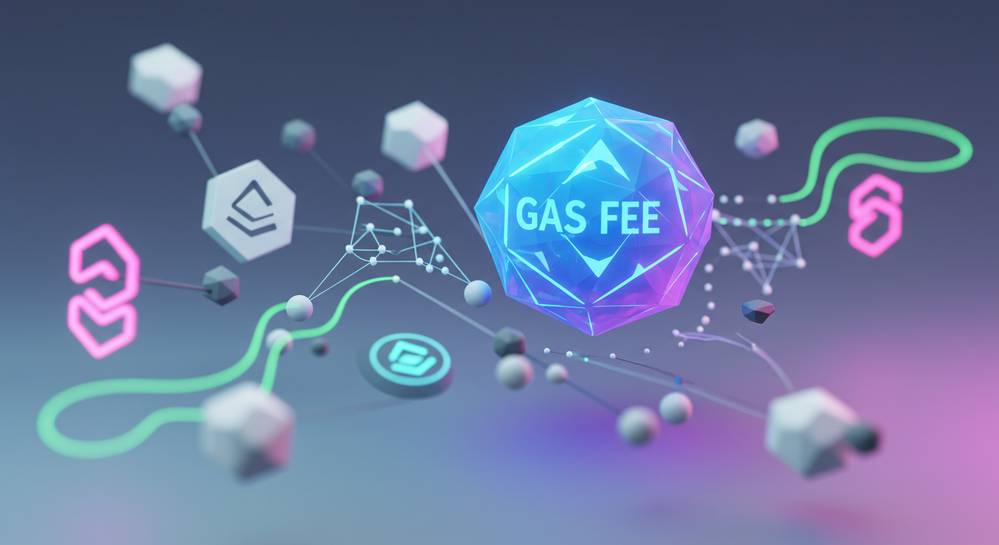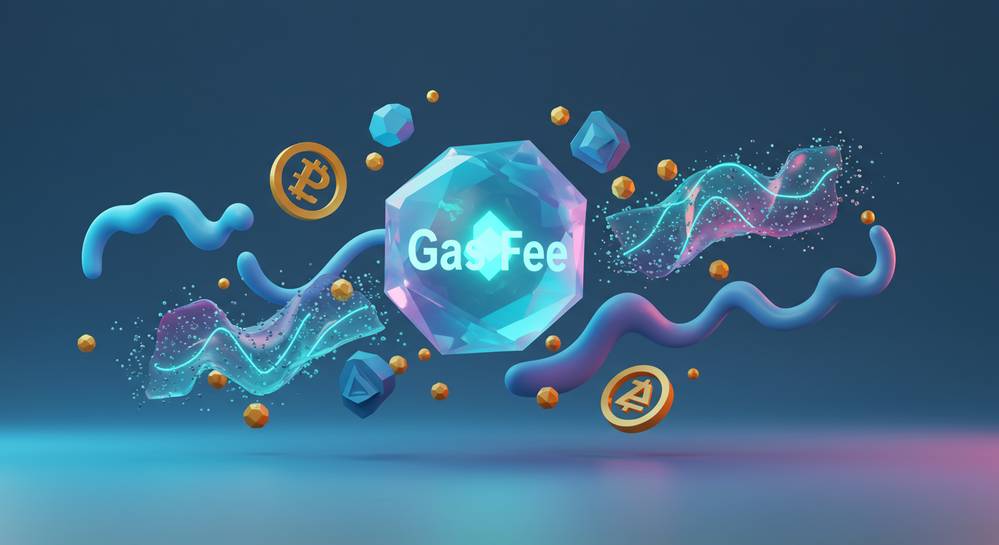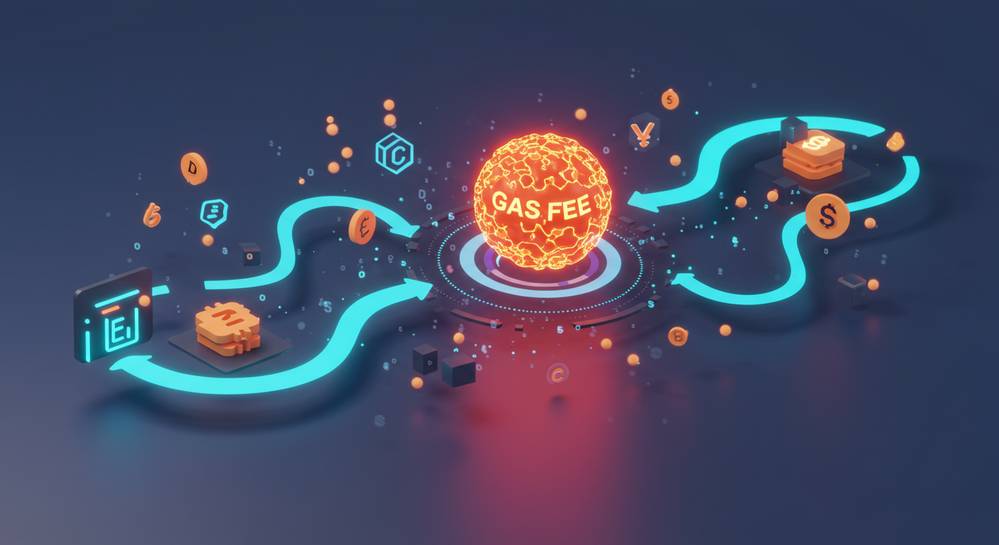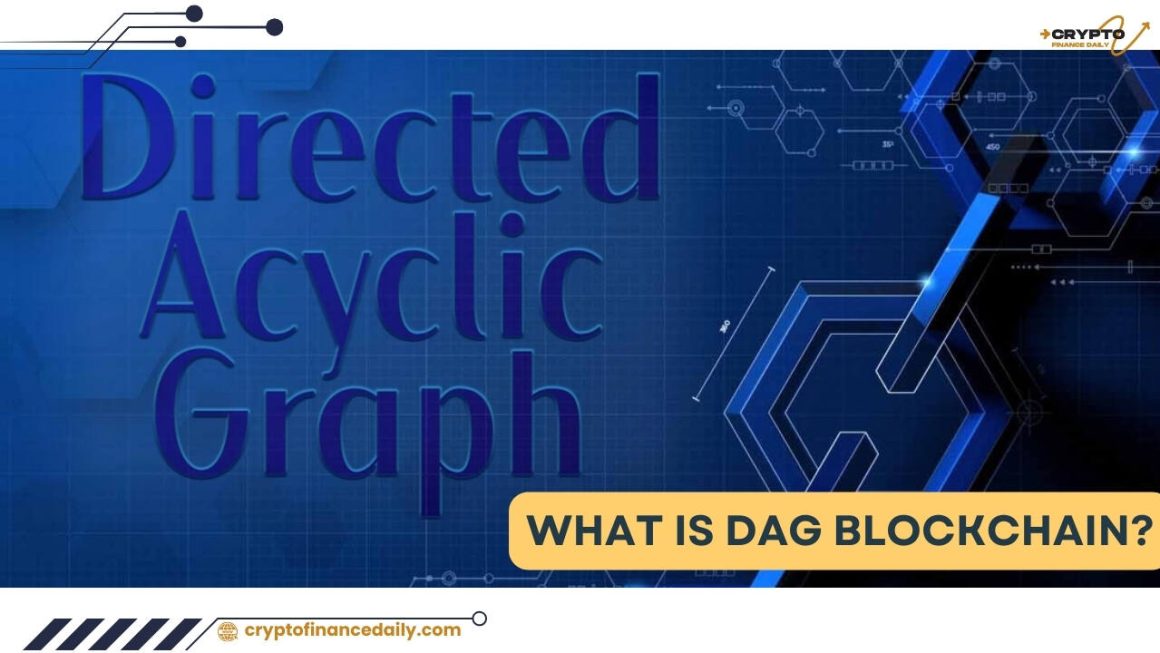Gas fees are a fundamental aspect of transacting on most blockchain networks, especially Ethereum. If you have ever sent cryptocurrency or interacted with a decentralized application (dApp), you have likely encountered these charges. But precisely what is gas fee in crypto, and why are they necessary? This comprehensive guide will demystify the concept, explaining their purpose, how they are calculated, and offering practical strategies to manage them effectively. Understanding gas fees is crucial for any participant in the decentralized economy, ensuring smoother and more cost-efficient blockchain interactions.
What Are Gas Fees in Crypto?

Understanding Crypto Gas Fees
Gas fees in crypto are the essential transaction costs users pay to compensate network validators or miners. These fees are crucial for processing and securing operations on a blockchain. Think of them as the operational cost for utilizing a decentralized network, much like a service charge at a bank.
Every blockchain action, from a simple token transfer to complex smart contract executions, consumes computational resources. “Gas” quantifies this effort. The total fee is calculated by multiplying the gas units required by the current “gas price,” which is the native cryptocurrency amount a user bids per unit.
Understanding these dynamics is crucial in 2025. Gas prices fluctuate based on network congestion, with higher demand driving costs up. Users can strategically adjust their gas bids to influence transaction speed. This system ensures efficient resource allocation and directly impacts the user experience for all blockchain network operations.
Why Do Gas Fees Exist?
Why Crypto Gas Fees Are Essential
The existence of gas fees is fundamental for the security, stability, and efficient operation of decentralized networks. Without them, blockchain systems would face significant vulnerabilities and inefficiencies. These fees, which define what is gas fee in crypto, underpin the economic model that sustains these complex infrastructures.
- Preventing Spam Attacks: Gas fees deter malicious actors from flooding the network with frivolous transactions. Requiring a cost for every operation makes spamming economically unviable, ensuring network availability for legitimate users.
- Incentivizing Validators: Validators (or miners) expend substantial computational resources to verify transactions and secure the blockchain. Gas fees serve as their direct reward, incentivizing them to maintain network integrity and process transactions promptly. This economic incentive is vital for decentralized security.
- Resource Allocation: Fees ensure finite network resources are allocated efficiently. Users are encouraged to optimize their smart contracts and transactions, minimizing gas consumption. This leads to more streamlined and less resource-intensive operations across the network, enhancing overall performance and undefined.
This robust economic model supports the ongoing operation and resilience of blockchain technology, making it self-sustaining in the long term.
Factors Influencing Gas Fees

Dynamic Influences on Crypto Gas Fees
Gas fees are not static; they fluctuate significantly, impacting every crypto transaction. Understanding these dynamic influences is crucial for managing costs effectively in the decentralized landscape. This volatility often leads users to question what is gas fee in crypto and how it is determined.
- Network Congestion: High demand remains the primary driver of fluctuating gas fees. When many users attempt transactions simultaneously, especially during peak market activity or major Decentralized Finance (DeFi) events, the network becomes congested. Validators prioritize transactions offering higher gas prices, pushing costs upward for all participants.
- Transaction Complexity: The computational effort required directly correlates with gas consumption. Simple token transfers demand minimal gas. Conversely, executing intricate smart contracts, such as swapping tokens on a Decentralized Exchange (DEX) or minting an NFT, requires significantly more gas, leading to higher fees irrespective of network congestion.
- Block Size and Capacity: Each blockchain has a finite limit on the data or computational work a single block can hold. When transaction demand exceeds this capacity, competition for limited block space intensifies. This drives up the base gas fee. Ethereum’s EIP-1559, for instance, introduced a base fee that adjusts dynamically, with a portion of fees being burned to manage supply.
These interconnected factors create a highly dynamic pricing environment, making real-time awareness of network conditions essential for optimal blockchain interaction.
Strategies to Manage Crypto Gas Fees

Managing Crypto Gas Fees Effectively
While gas fees are an unavoidable aspect of blockchain interaction, users can employ several strategic approaches to mitigate their impact and potentially reduce costs. Understanding what is gas fee in crypto is crucial, but knowing how to manage it is equally important in 2025’s dynamic market.
- Monitor Network Activity: Utilize real-time gas trackers, such as Etherscan Gas Tracker for Ethereum. This allows identification of periods with lower network congestion, typically during off-peak hours (e.g., late night or early morning UTC), when fees are generally more favorable.
- Adjust Gas Price: Many wallets offer the option to manually adjust the gas price for a transaction. While setting it too low risks delays or failures, a slight reduction from the suggested “fast” price can save money for non-urgent operations. On Ethereum, users primarily adjust the “priority fee” or “tip.”
- Utilize Layer 2 Solutions: For networks like Ethereum, Layer 2 scaling solutions such as Arbitrum, Optimism, zkSync, or Polygon are invaluable. These solutions process transactions off the main blockchain, significantly reducing costs and increasing speed for everyday activities.
- Batch Transactions: Where feasible and supported by smart contracts or platforms, consolidate multiple smaller transactions into a single larger one. This can save on the fixed overhead associated with initiating individual transactions.
By adopting these practices, users can navigate the volatile landscape of gas fees more effectively, optimizing their blockchain expenses and enhancing their overall experience.
Understanding what is gas fee in crypto is fundamental to participating efficiently in the decentralized world. These fees are not merely an expense but a crucial mechanism that ensures the security, stability, and proper functioning of blockchain networks. From preventing spam to incentivizing validators, gas fees play an indispensable role. While their fluctuations can be frustrating, armed with knowledge about their underlying causes and practical management strategies, users can navigate the crypto landscape more confidently. Keep exploring the dynamic world of blockchain technology and optimize your interactions by visiting Crypto Finance Daily for more expert insights.



